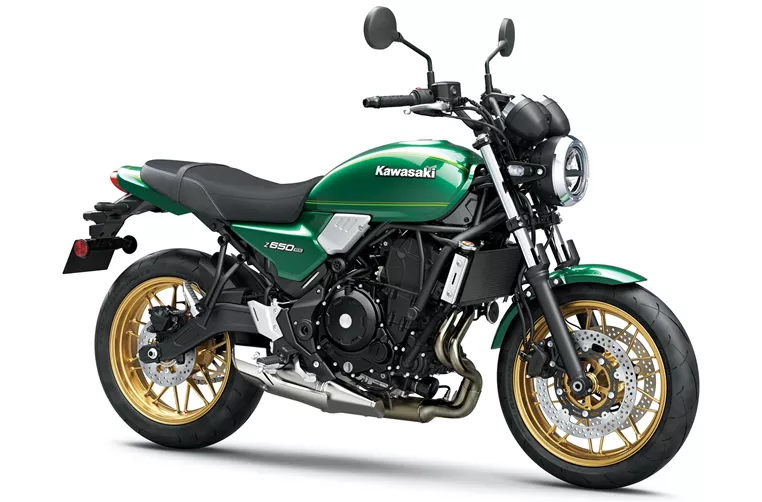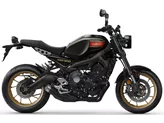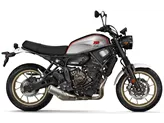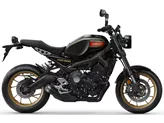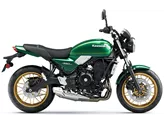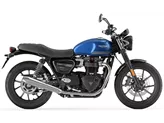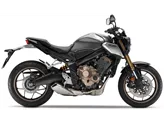Kawasaki Z650 RS 2022 vs. Yamaha XSR700 2016
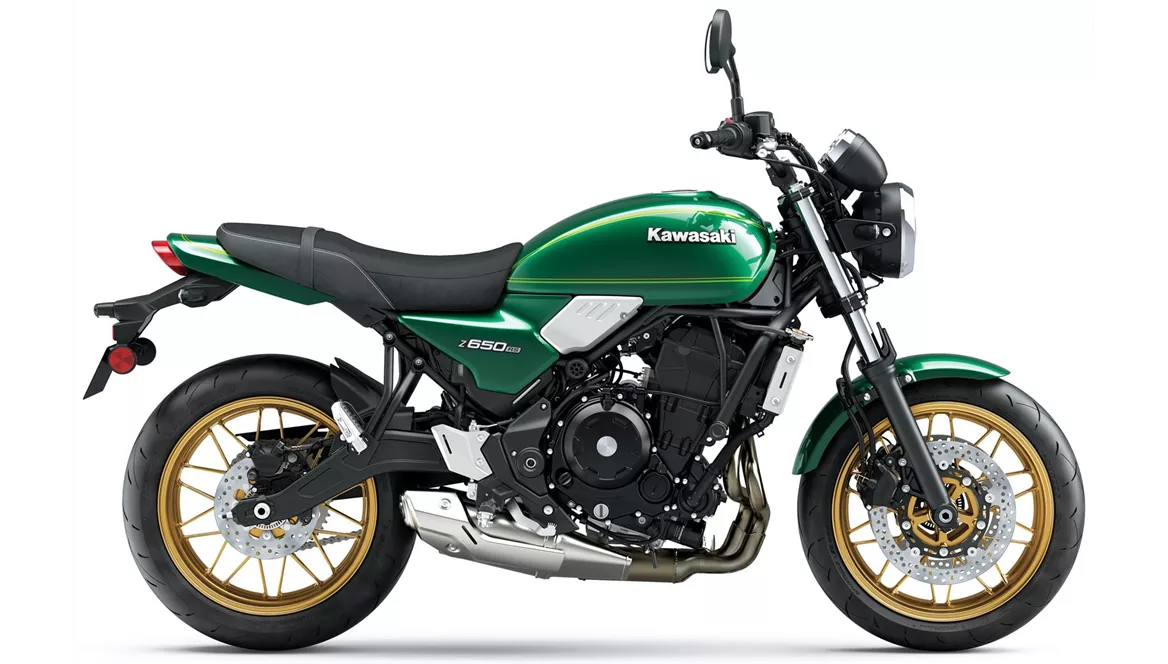
Kawasaki Z650 RS 2022

Yamaha XSR700 2016
Vue d’ensemble - Kawasaki Z650 RS 2022 vs Yamaha XSR700 2016
In terms of engine and drive train, both the Kawasaki Z650 RS 2022 and the Yamaha XSR700 2016 have similar specifications. They both have an inline engine with 2 cylinders and liquid cooling. However, there are slight differences in their power and torque. The Kawasaki Z650 RS has an engine power of 68.2 HP and torque of 65.7 Nm, while the Yamaha XSR700 has a slightly higher engine power of 75 HP and torque of 68 Nm. Both bikes also have fuel injection systems.
When it comes to suspension, both bikes feature a telescopic fork for the front suspension and a swing arm with a monoshock for the rear suspension. The chassis of both bikes is made of steel, providing stability and durability.
In terms of braking systems, both bikes have double disc brakes at the front. However, there are differences in the diameter and piston configuration. The Kawasaki Z650 RS has double piston brakes with a diameter of 300 mm, while the Yamaha XSR700 has four piston brakes with a slightly smaller diameter of 282 mm.
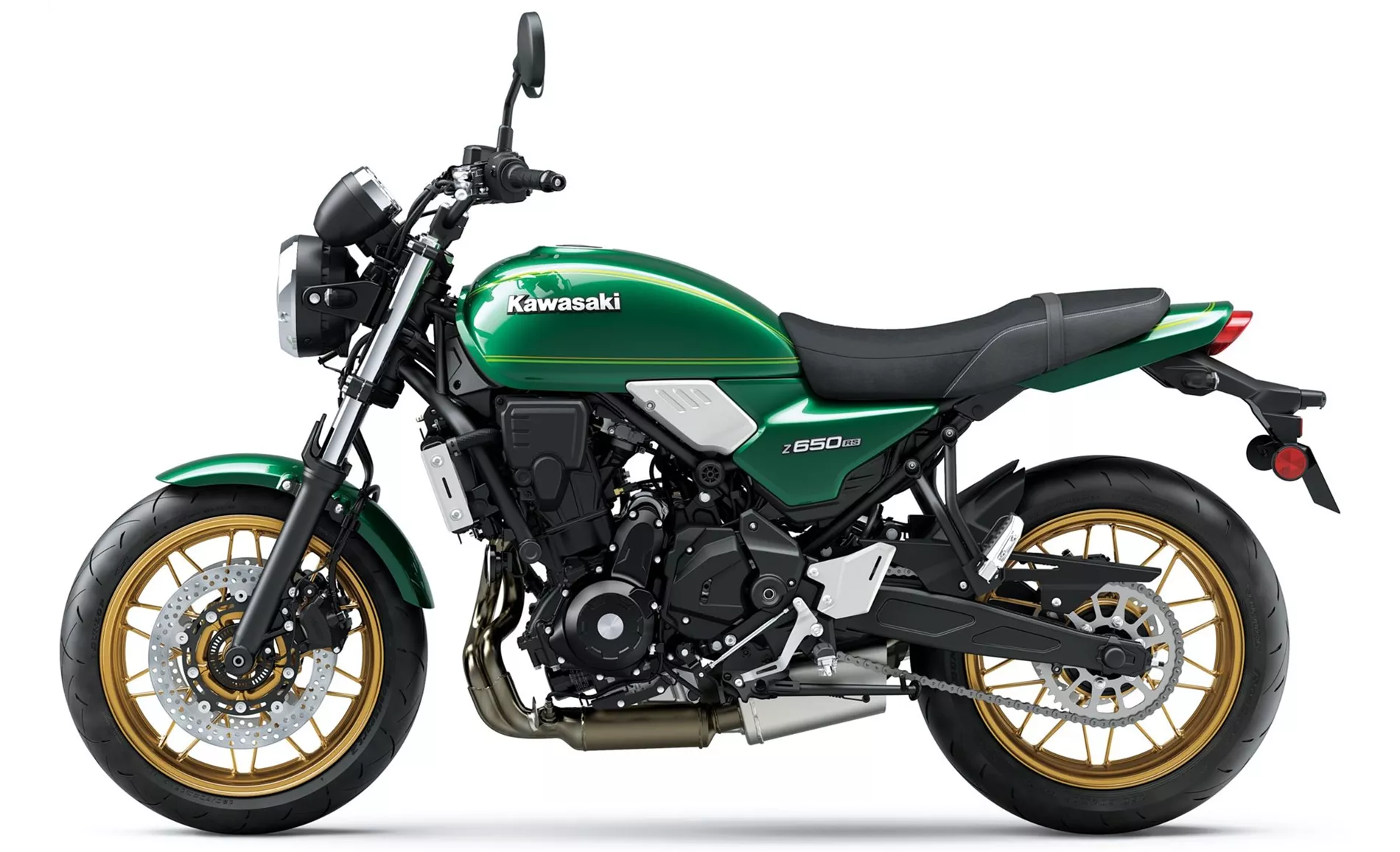
Kawasaki Z650 RS 2022
Both bikes are equipped with advanced rider assistance systems, specifically ABS, which enhances safety during braking.
In terms of dimensions and weights, there are some slight differences between the two bikes. The Kawasaki Z650 RS has a front tire width of 120 mm and a rear tire width of 160 mm, while the Yamaha XSR700 has a slightly wider rear tire width of 180 mm. Both bikes have a wheelbase of around 1400 mm, providing stability and maneuverability. The seat height of the Kawasaki Z650 RS is 820 mm, slightly higher than the 815 mm seat height of the Yamaha XSR700. The kerb weight of the Kawasaki Z650 RS is 187.1 kg, slightly heavier than the 186 kg of the Yamaha XSR700. Both bikes have fuel tank capacities of around 14-15 liters.

Yamaha XSR700 2016
Now, let's discuss the strengths and weaknesses of each bike. The Kawasaki Z650 RS 2022 stands out with its perfectly realized retro design, analogue displays, lively engine, accessible handling, powerful brakes, comfortable ergonomics, adjustable levers, and it is a real eye-catcher. However, some riders may find its sound slightly softer.
On the other hand, the Yamaha XSR700 2016 has strengths such as an elastic motor, direct transmission, easy handling, and good build quality. However, some riders may find its chassis too soft and the seating position may require some getting used to.
In conclusion, both the Kawasaki Z650 RS 2022 and the Yamaha XSR700 2016 are impressive naked bikes with their own set of strengths and weaknesses. The Kawasaki Z650 RS offers a retro design with modern features and a lively engine, while the Yamaha XSR700 provides a smooth and easy riding experience with good build quality. Ultimately, the choice between the two will depend on the rider's preferences and priorities.
Caractéristiques techniques Kawasaki Z650 RS 2022 par rapport à Yamaha XSR700 2016
Avantages et inconvénients en comparaison
Avantages et inconvénients en comparaison
Kawasaki Z650 RS 2022
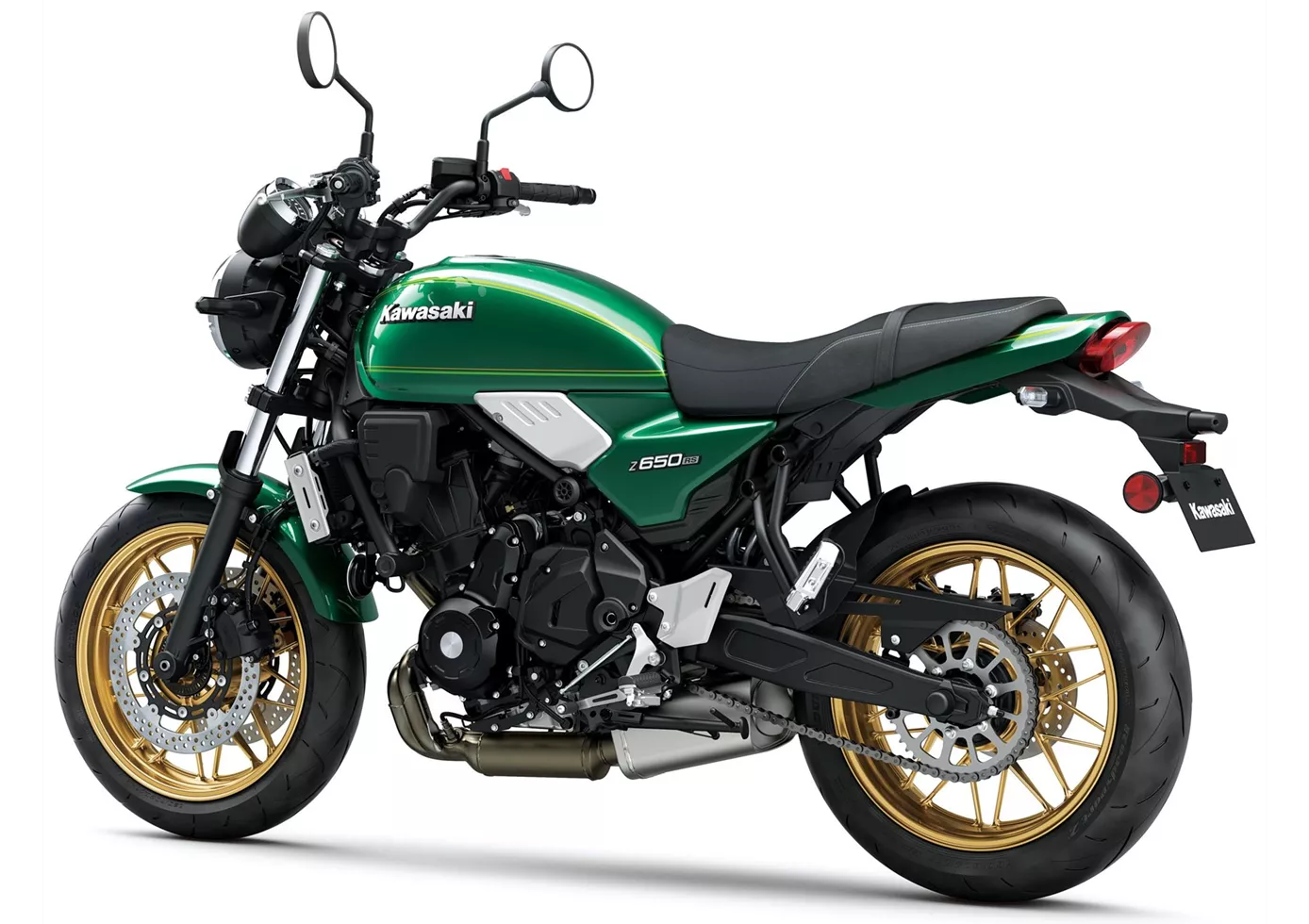
Avec la RS, Kawasaki prouve qu'elle maîtrise l'art des motos rétro. On oublie tout de suite que sous la jolie robe se cache la Z650 normale, car grâce aux bons détails, le design rétro s'est imposé de manière convaincante. En selle, on se réjouit de l'accessibilité que l'on connaît de sa sœur technique. Une moto rétro qui fera le bonheur des débutants comme des motards expérimentés !
Yamaha XSR700 2016

Si l'on veut une moto d'entrée de gamme avec laquelle on sera longtemps heureux, mais qui a en même temps un look rétro cool, on ne peut pas passer à côté de la Yamaha XSR 700. Avec la MT-07 comme base technique, on achète probablement la moto pour débutants la plus populaire du moment - mais dans une autre présentation. Le plus grand atout de la XSR 700 est son bicylindre en ligne incroyablement élastique, qui ne surcharge pas les débutants et n'ennuie pas les motards expérimentés. La réponse à l'accélération est agréablement directe et la puissance se déploie de manière très harmonieuse, il n'y a jamais de moment 'hop'. Toutefois, la XSR 700 doit être considérée comme un cruiser décontracté plutôt que comme une moto sportive. Le châssis se cabre très facilement en conduite rapide et apporte de l'insécurité au véhicule. Les pilotes expérimentés s'en sortiront facilement, mais les débutants risquent d'être dépassés.
Comparaison des prix Prix moyen du marché Kawasaki Z650 RS vs Yamaha XSR700
There are a few key differences between a Kawasaki Z650 RS 2022 and a Yamaha XSR700 2016. In terms of price, the actual average price of a Kawasaki Z650 RS 2022 is about 16% higher. A Kawasaki Z650 RS 2022 experiences a loss of 300 USD in one year of ownership. This is offset by a loss of 100 USD for a Yamaha XSR700 2016. Compared to Yamaha XSR700 2016 there are more Kawasaki Z650 RS 2022 bikes available on the 1000PS.de Marketplace, specifically 34 compared to 9. It takes less time to sell a Yamaha XSR700 with 85 days compared to 146 days for the Kawasaki Z650 RS. Since model year 2022 1000PS.de editors have written 12 reviews for the Kawasaki Z650 RS and 26 reviews for the Yamaha XSR700 since model year 2015. The first review for the Kawasaki Z650 RS was published on 9/27/2021 and now has more than 39,300 views. This compares to more than 13,700 views for the first review on Yamaha XSR700 published on 7/22/2015.
